
Technologies do not stop evolving, offering more complex and advanced solutions every day. And the field of web development is among the most rapidly changing ones.
The competition in the market is very high, so it is crucial to keep track of all the latest trends. In this case, you can stay afloat and offer your clients the highest level of service.
What should you focus on to be superior to your competitors in 2022? To ensure you don’t miss out on the hottest trends in web development, this article unveils the 3 most relevant ones.
1. Progressive Web Apps (PWAs)
In simple terms, PWAs are a kind of an advanced hybrid between an ordinary website and a mobile app. In 2021 in North America and Europe, 8% of eCommerce companies said they have already invested in PWAs, 9% plan to do so soon, and 28% consider it.
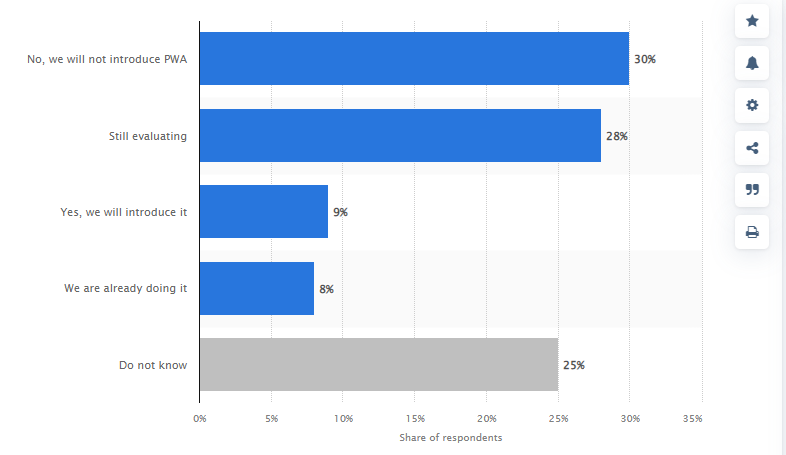
Of course, PWAs are not a new trend, but in 2022 and beyond, they are expected to grow in demand. And this isn’t surprising because PWAs have many advantages compared to regular websites and native apps:
- lower development and maintenance costs (compared to native apps since you don’t have to create an app for each platform and browser);
- ability to run in a browser without mandatory installation;
- the possibility of SEO promotion (since the PWA has website pages);
- doesn’t take up a lot of memory on the device (unlike native apps);
- great UX/UI (similar to the native app);
- running even on poor internet connection or even offline due to caching of essential data;
- speeding up and improving the site’s performance in general;
- increasing customer engagement by sending push notifications.
Many online stores created via Magento 2 development have already implemented PWA technology. And this had a positive impact on the performance of their sites and the satisfaction of mobile device users. This is very valuable, because according to statistics, as of the 4th quarter of 2021, mobile devices accounted for 54.4 percent of traffic globally.
An example of a PWA solution is Peter Jackson’s online jewelry store. The site opens perfectly in a browser on a PC and works great on mobile devices. In addition, you can see in the screenshot how adding an application to the home screen works, which I already mentioned above.
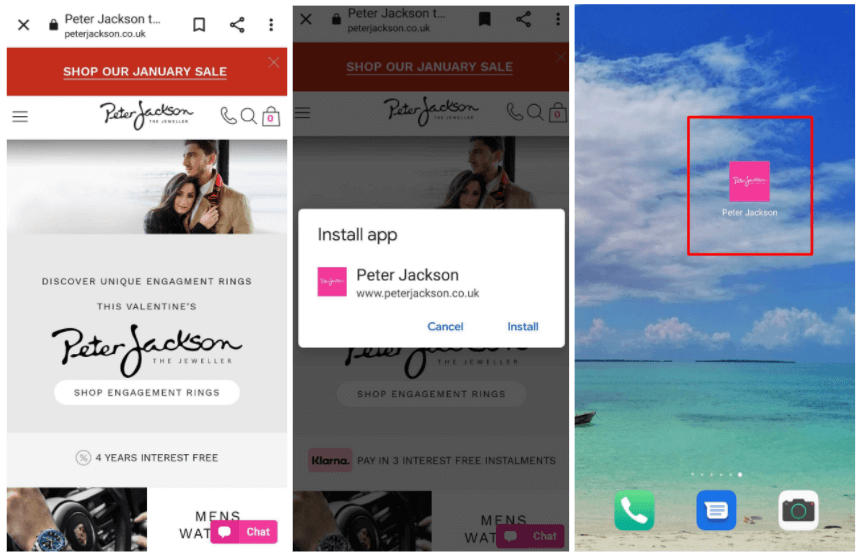
2. Smart AI-Driven Chatbots
Let’s move to another significant web development trend. In 2022, we should expect the further expansion of chatbots. Statistical studies suggest that cognitive and AI solutions spending will reach $77.6 billion in 2022. To compare, in 2018, this amount was only $24 billion.
In addition, chatbots become even more advanced and smarter as a result of the use of advanced technologies in their development:
- deep machine learning;
- natural language processing;
- information retrieval techniques.
All this will help them meet client expectations and guarantee the highest level of service as never before. The point is that chatbots improve the customer experience. They are capable of performing many different tasks:
- gathering customer data;
- answering frequently asked questions;
- helping users with multiple issues, such as tracking packages, placing an order, or selecting products;
- providing 24/7 customer support, thereby ensuring seamless brand communication with users.
Do you still have doubts about the need to implement a chatbot on your site? Then, check out the main benefits that chatbots bring to the business:
- reducing the workload of human consultants;
- increasing conversions and visitor engagement;
- decreasing bounce rate.
The screenshots below show an example of a smart virtual assistant from the Coloured Contacts online store. It can assist with order placement, answer popular questions, help with choosing the right contact lenses, tell about discounts and promotions, and so on.
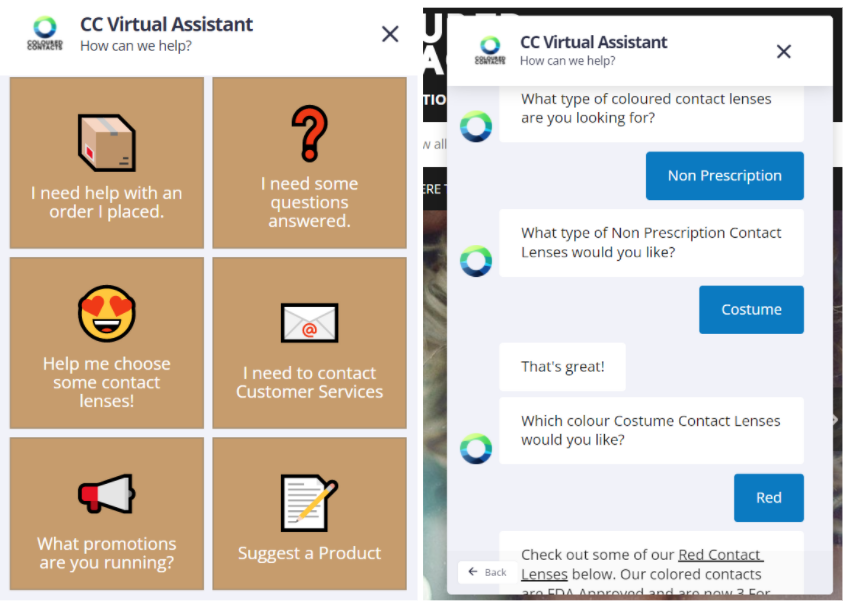
3. Virtual Try-On Solutions
The global pandemic continues to have a significant impact on all areas of life, including business. So it’s not surprising that the virtual try-on feature will remain at the peak of popularity in 2022 and beyond.
So what is this feature like, and where is it applied? It is most often implemented on websites and apps of online stores specializing in the following products:
- clothes;
- jewelry;
- accessories;
- glasses;
- hats, etc.
Such functionality is now highly relevant because more and more people prefer online shopping instead of going to brick-and-mortar stores. Thanks to it, clients can see what a specific item will look like on them from the comfort of their homes.
The implementation of such a solution brings the maximum benefit to the business:
- Increased conversion rate because users will be more willing to place an order.
- Reduced returns thanks to checking if the product fits appropriately before buying.
- Growth of brand popularity because users share try-on results on social media and with friends.
- Stimulation of cross-sales through offering related products to clients as they try on items.
- Increased customer loyalty by making customers feel cared for by the brand.
Let’s look at the virtual try-on functionality that works on the Urban Decay site. As you can see in the screenshot below, there is a “Try It On” button placed on the page.
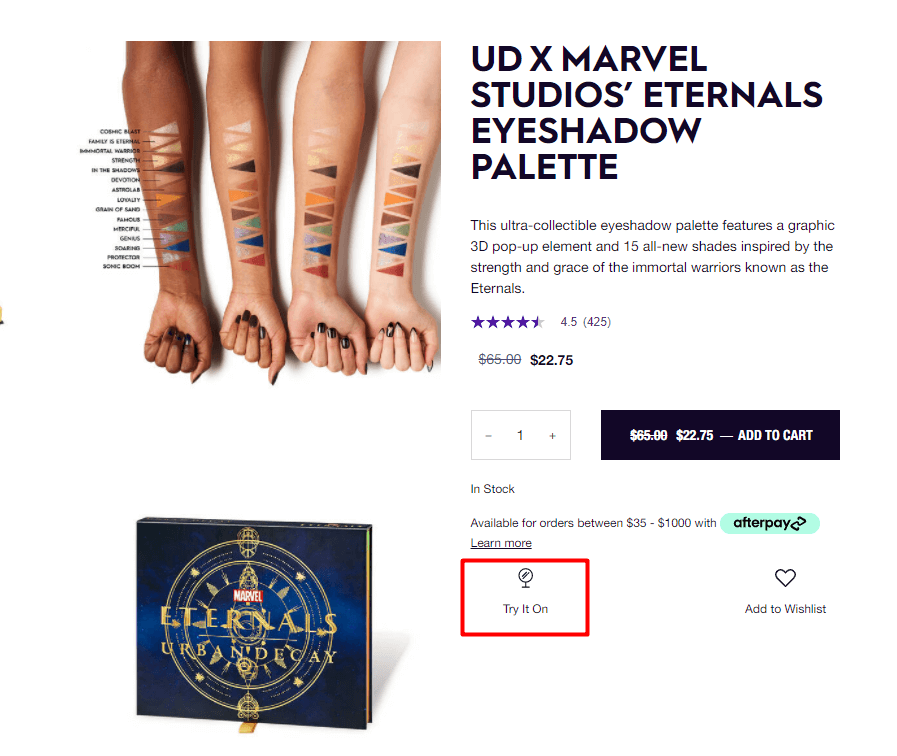
After clicking the button, 3 options for using the functionality are offered:
- live camera;
- upload a photo;
- choose a model.
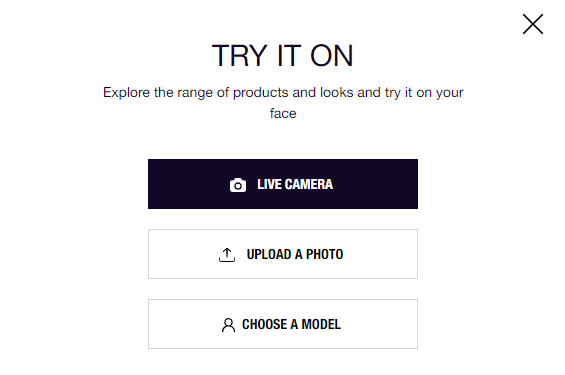
I decided not to try the cosmetics on myself but instead to use a girl’s photo for obvious reasons. As you can see, while testing the different products, the following features are available:
- adjusting the fitting areas;
- separating the photo by before/after;
- comparing various makeup versions;
- reposting the final result on social networks: Facebook, Twitter, Pinterest;
- downloading photos to the device.
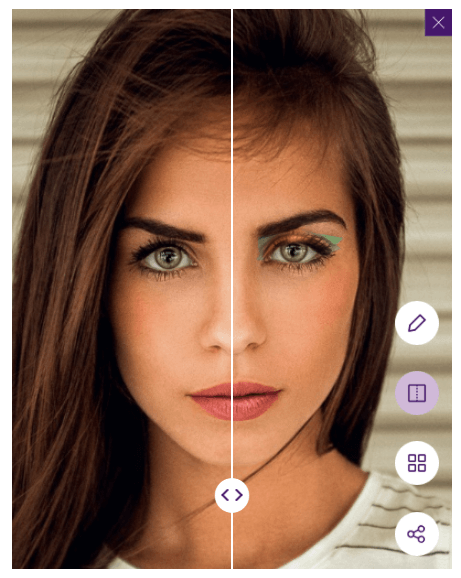
According to statistics, the application of AR technology in online retail increases the conversion rate up to 94%.
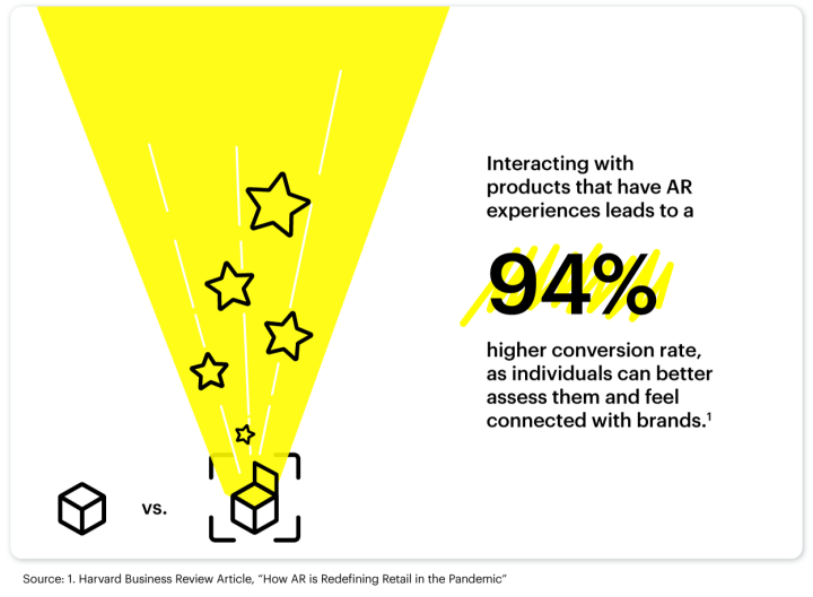
To Sum Up
Of course, these are only a few among many web development trends that will be relevant in 2022. However, they will serve as an excellent foundation for deciding which technologies to integrate into your business.
It’s necessary to keep the finger on the pulse to avoid missing the most relevant and up-to-date solutions because this is the only way to flourish in a rapidly changing and growing market.

About the Author
Alex Husar, chief technology officer at Onilab with 8+ years of experience in developing PWAs, Magento migration, and Salesforce development. He graduated from the Czech Technical University and obtained a bachelor’s degree in Computer Software Engineering. Alex’s expertise includes both full-stack dev skills and a strong ability to provide project-critical guidance to the whole team.